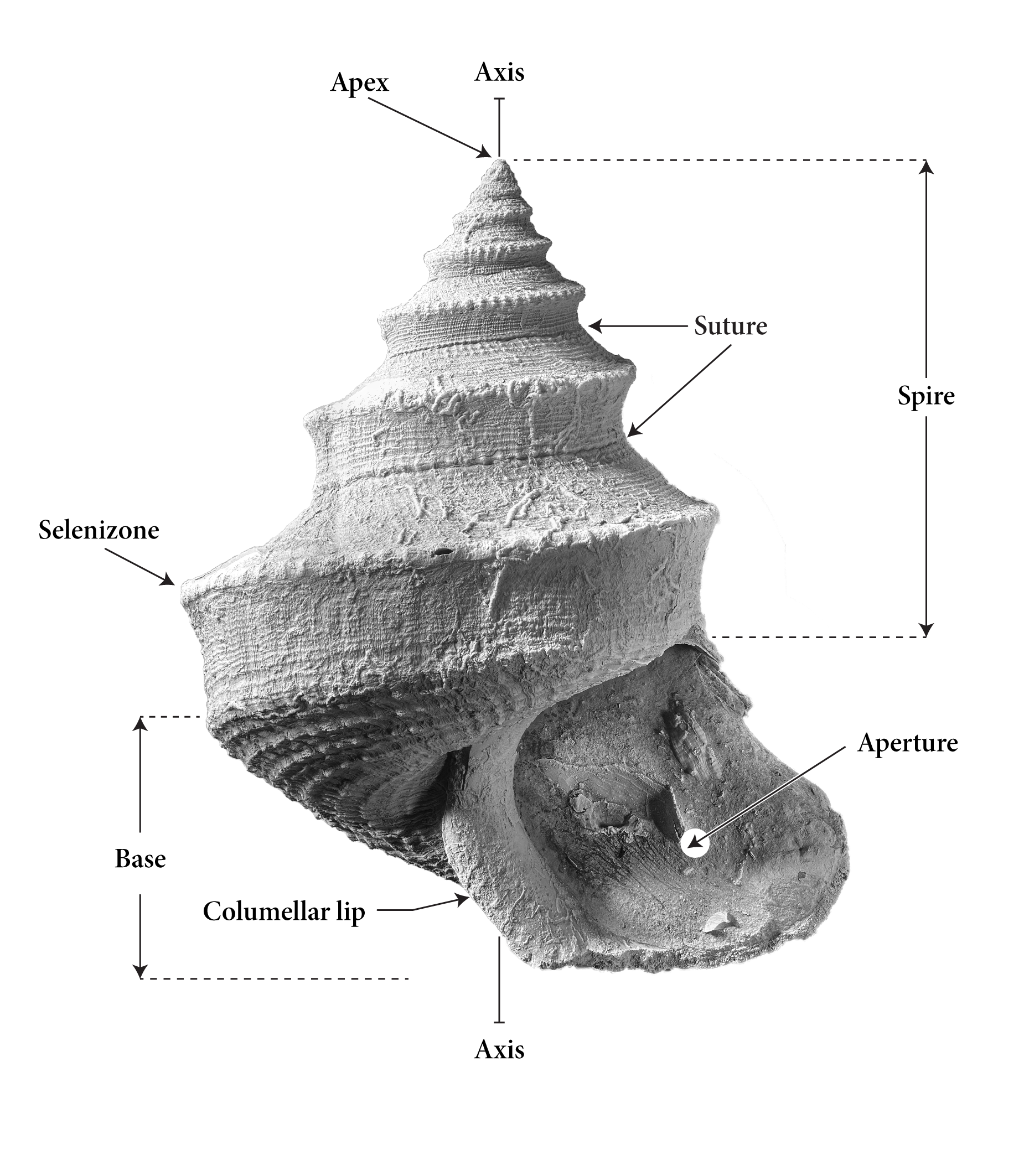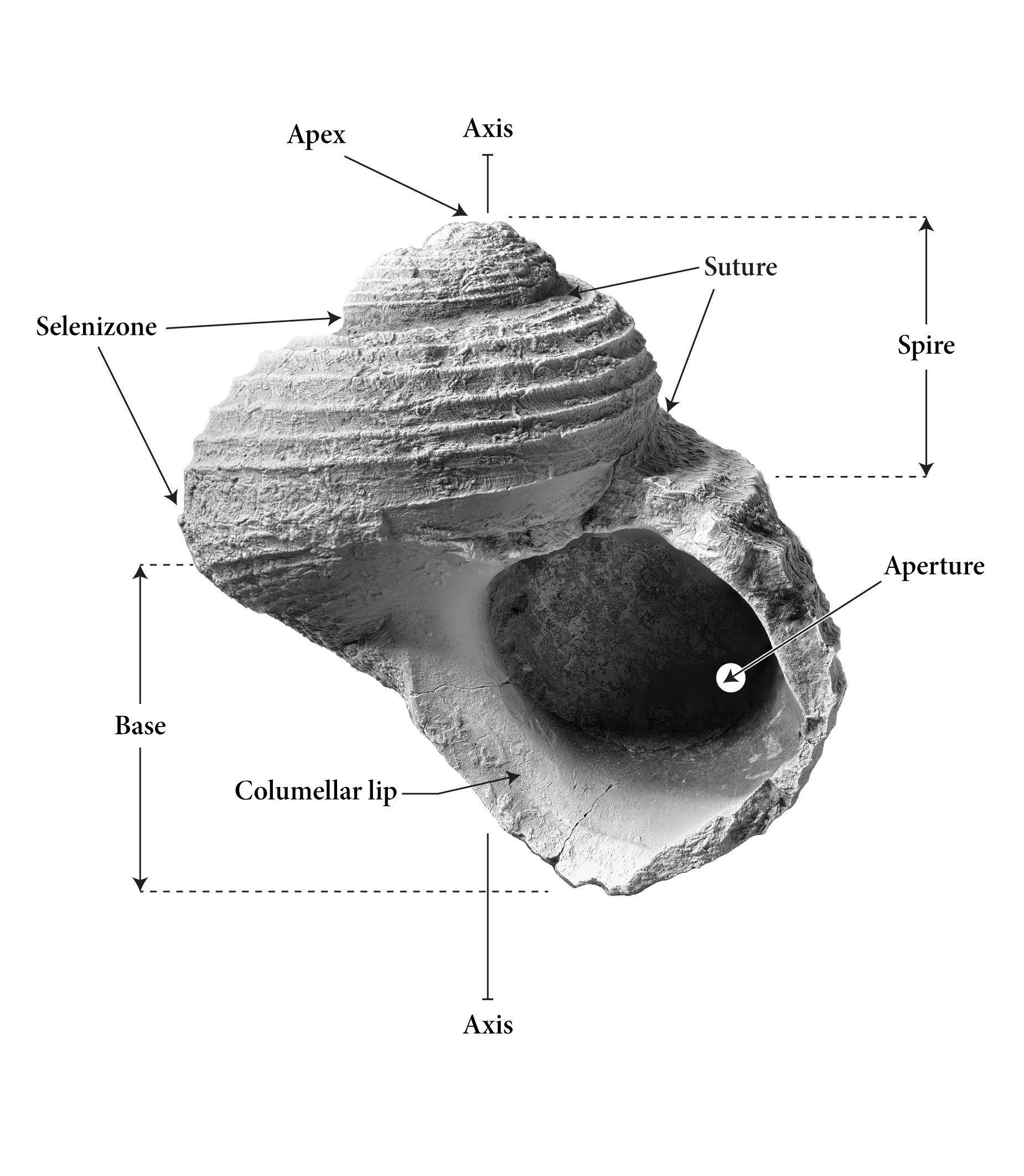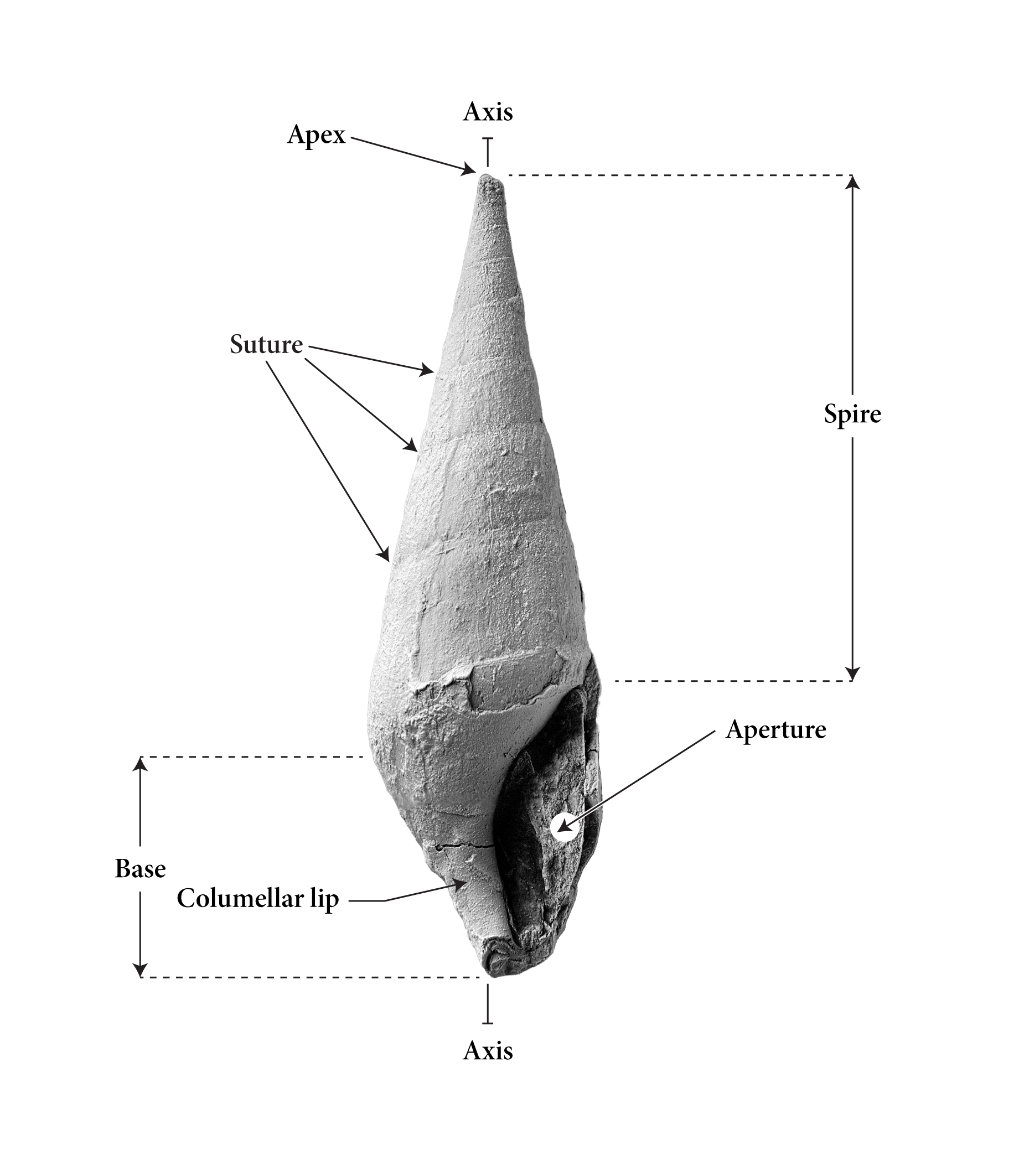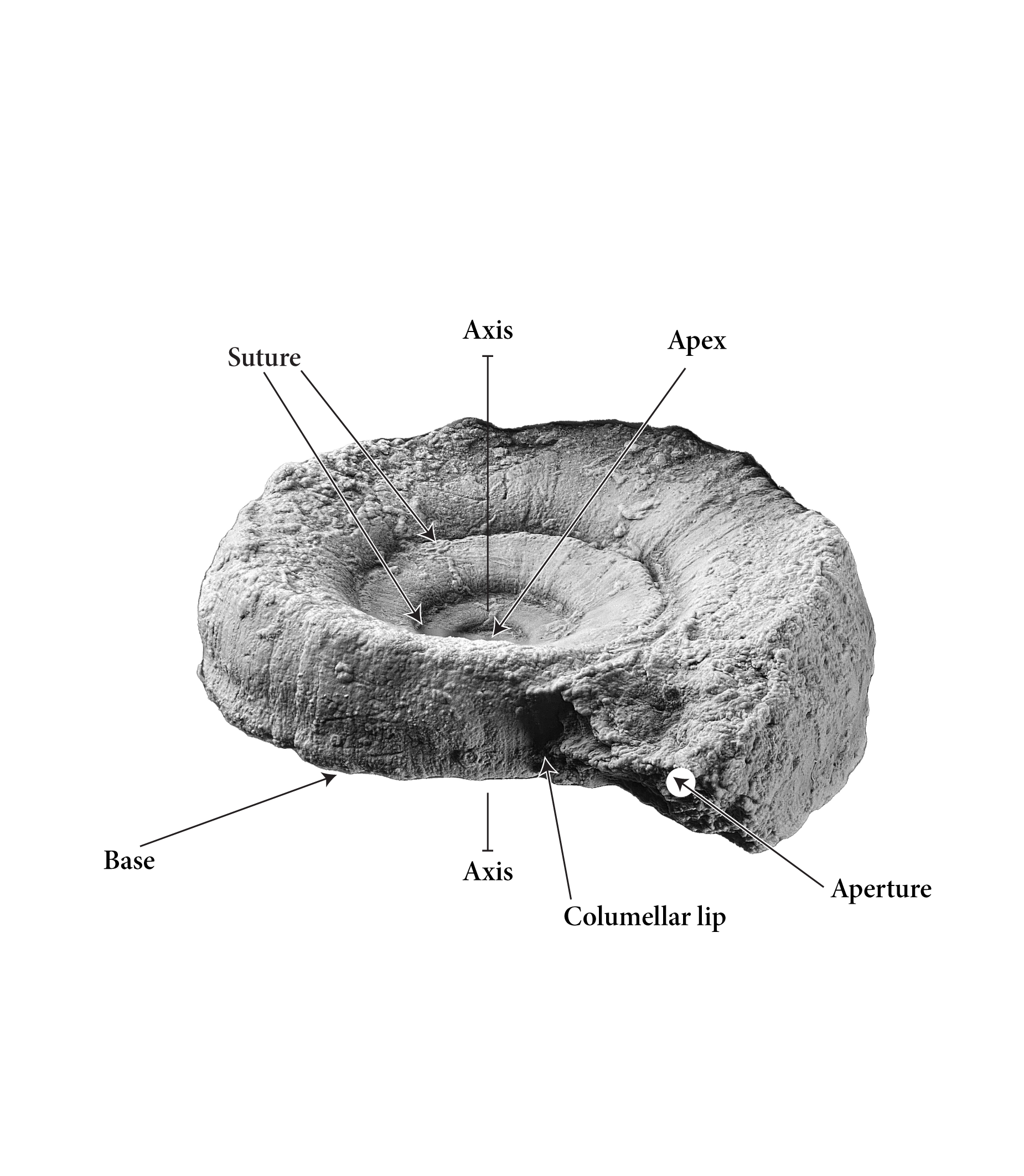Class: Gastropoda Cuvier, 1795
Gastropods have conquered the Earth. You’ll find them on land and in both salt and freshwater. Compared to the other classes of Mollusca, bivalves only live in water, and cephalopods can only tolerate salt water (marine). Within the phylum Mollusca, gastropods have more than triple the described species compared to Bivalvia, which is in second place. They are recognizable to humans with whom they coexist on land. However, the group has its most extensive diversity in marine environments.
Despite existing for over 500 million years, surviving several mass extinction events, and the evolution of numerous predators, including their relatives, gastropod diversity has steadily increased since the first gastropod evolved. Today, they are the second most diverse group of animals on the planet—only insects have more variety. Class members are usually recognizable by their shell, which is present in various forms and provides protection for most species. For some species, a covering called the operculum helps to close the shell opening (the aperture) to provide extra protection. Some groups have shells too tiny to retract into, internalized shells, or none.
We know about most fossil gastropods because of their fossilized calcium carbonate shell. Authors can derive details about the living tissue of extinct groups, but only by using clues such as muscle scars and shell configuration. In shelled mollusks, the mantle secretes calcium carbonate as the creature grows. Shell shape, size, and ornament are all due to periodic fluctuations and variations at the mantle edge.
The two localities in this book have fossils from seven orders of Gastropoda. Unfortunately, precise taxonomic naming is difficult because Gastropod taxonomy is constantly revised, and many unranked groups exist. Modern workers can use DNA to build and separate groups, a privilege not afforded to the 305 million-year-old fossils found here. Furthermore, many workers (references here) have attempted to use the protoconch—the first part of a shell that develops during the embryonic and larval stages—to help determine phylogenetic position. This practice has yet to be universally accepted.
Chaos within the ranked hierarchy disrupts the classic Linnaean taxonomy in several cases. For example, Meekospira does not have a taxonomic order. In addition, the turreted Worthenia shares characteristics with members of the Phymatopleuridae but has long sat under the Lophospiridae. Karapunar et al. (2022) changed this condition the same year the writing and research for this book commenced. For several decades, authors revised or placed into question much of the precedence established with the Treatise on Invertebrate Paleontology.
The gastropods in this study belong to four major subclasses. Simroth (1906) erected the Amphigastropoda as a home for the Bellerophontoidea. Debate raged over whether species from the Bellerophontoidea are even true gastropods. Most authors accept that members are true gastropods, but not all.
When Salvini-Plawen named the Vetigastropoda in 1980, he intended to include the Pleurotomarioidea and other superfamilies. But, again, a heavy debate has cast doubt over placement. Still, most authors agree that members of the Pleurotomariida belong in the clade or subclass (that also changes depending on who you ask). All genera live in saltwater and have a nacreous layer; some have a selenizone.
Identified gastropods found locally from the subclass Neritimorpha include only Orthonychia. Raymond (1911) reported the genus Naticopsis from the Vanport Limestone in the older Allegheny Group but none from the Glenshaw Formation.
The Caenogastropoda includes gastropods that underwent torsion and have a single pair of gill leaflets. Most members live in saltwater, but some inhabit freshwater and dry land. Interestingly, all members lack a nacreous layer (like the one found in outsiders like Shansiella). While the subclass contains the majority of living gastropods, it represents less than half of the genera found in the Glenshaw Formation in Armstrong County. Hence, other orders, such as Pleurotomariida and Bellerophontida, overshadowed the diversity in the Caenogastropoda during the Carboniferous.
One interesting aspect of gastropods is observable convergent evolution. Similar features may repeatedly develop as new species (and higher orders) evolve. For example, the Silurian-Devonain Australonema and the Carboniferous Shansiella look nearly identical. They both have the same coiling and a spiral ornament over the shell. Yet, upon closer inspection, you’ll find that only Shansiella has a selenizone. The modern Turbo also shares characteristics with the pair, so Conrad (1835) named it Turbo insectus (See The Curious Case of Turbo insectus).
Classification hierarchy for all identified gastropods from the Brush Creek and Pine Creek limestone.
- Subclass Amphigastropoda Simroth, 1906
- Order Bellerophontida McCoy, 1852
- Superfamily Bellerophontoidea McCoy, 1852
- Family Euphemitidae Knight, 1956
- Family Bellerophontidae McCoy, 1852
- Superfamily Bellerophontoidea McCoy, 1852
- Order Bellerophontida McCoy, 1852
- Subclass incertae
- Order Euomphalida de Koninck 1881
- Superfamily Euomphaloidea White 1877
- Family Euomphaidae White 1877
- Superfamily Euomphaloidea White 1877
- Order Euomphalida de Koninck 1881
- Subclass Vetigastropoda Salvini-Plawen1980
- Order Pleurotomariida Cox & Knight 1960
- Superfamily Eotomarioidea Wenz, 1938
- Family Eotomariidae Wenz, 1938
- Family Gosseletinidae Wenz 1938
- Superfamily Pleurotomarioidea Swainson, 1840
- Family Portlockiellidae Batten, 1956
- Family Phymatopleuridae Batten 1956
- Superfamily Eotomarioidea Wenz, 1938
- Order Pleurotomariida Cox & Knight 1960
- Subclass Neritimorpha Golikov and Starobogatov 1975
- Order incertae
- Superfamily Platyceratoidea
- Family Platyceratidae
- Superfamily Platyceratoidea
- Order incertae
- Subclass Caenogastropoda
- Order (or Cohort) Sorbeoconcha Ponder and Lindberg 1997
- Order incertae
- Superfamily Subulitoidea
- Family Subulitidae Lindström 1884
- Superfamily Soleniscoidea Knight 1931
- Family Soleniscidae Knight 1931
- Family Meekospiridae Knight 1956
- Superfamily Subulitoidea
Shell Morphology for various gastropods found in Armstrong County




Gastropoda Menu
- Amphiscapha
- Bellerophon
- Cymatospira
- Euphemites
- Glabrocingulum
- Meekospira
- Orthonychia
- Patellilabia
- Pharkidonotus
- Retispira
- Shansiella
- Strobeus
- Trepospira
- Worthenia
References
- Meek, F. B., and Worthen, A. H., 1860. Description of new Carboniferous fossils from Illinois and other western states. Proceedings of the Academy of Natural Sciences of Philadelphia 12:447–472
- Moore, R. C., 1941. Upper Pennsylvanian gastropods from Kansas: Kansas Geological Survey Bulletin 38, pt. 4, p. 121–164, 3 pls., 7 figs.
- Norwood, J. G., and Pratten, H., 1855. Notice of fossils from the Carboniferous Series of the western states belonging to the genera Spirifer, Bellerophon, Pleurotomaria, Macrocheilus, Natica, and Loxonema, with descriptions of eight new characteristic species. Journal of the Academy of Natural Sciences of Philadelphia 3: p. 71–77
- Yin, T. H., 1932. Gastropoda of the Penchi and Taiyuan Series of North China, Palaeontologica Sinica, Series B.

Late Carboniferous Fossils from the Glenshaw Formation in Armstrong County, Pennsylvania
Preface | The Photographic Process
Localities: Locality SL 6445 Brush Creek limestone | Locality SL 6533 Pine Creek limestone
Bivalvia: Allopinna | Parallelodon | Septimyalina
Cephalopoda: Metacoceras | Poterioceras | Pseudorthoceras | Solenochilus
Gastropoda: Amphiscapha | Bellerophon | Cymatospira | Euphemites | Glabrocingulum | Meekospira | Orthonychia | Patellilabia | Pharkidonotus | Retispira | Shansiella | Strobeus | Trepospira | Worthenia
Brachiopoda: Cancrinella | Composita | Isogramma | Linoproductus | Neospirifer | Parajuresania | Pulchratia
